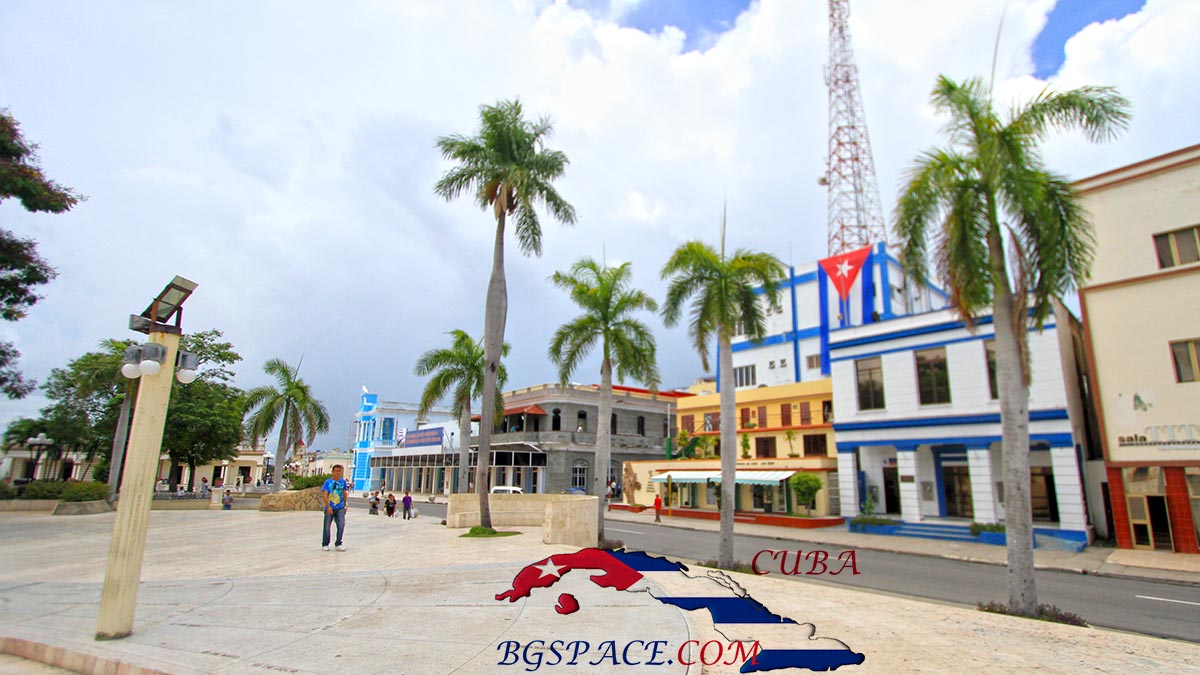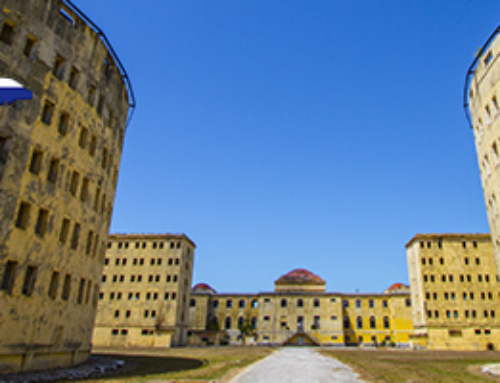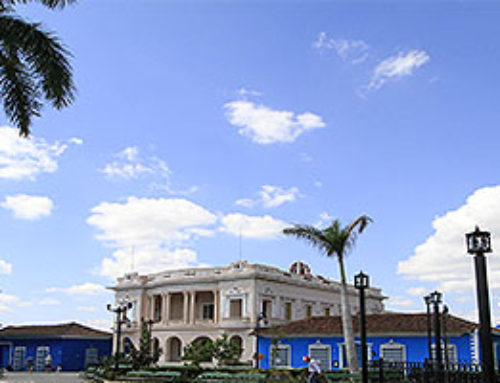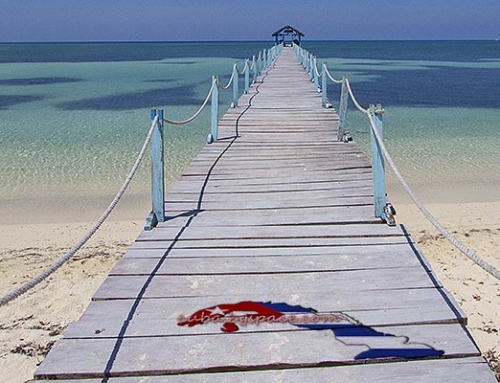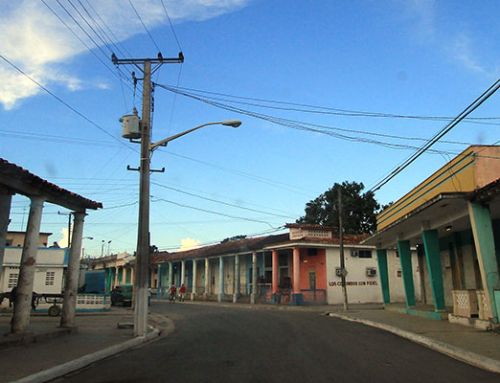Translated from Spanish Tuna means “tuna fish”. However, the name of the city Las Tunas has nothing to do with the fish, and the city itself is located far off the seashores on the National Route of Carretera Central that encircles Cuba from Pinar del Rio Province tо Baracoа. The name of the city with 120 000 citizens originates from the name of a local cactus. Founded in 1796 the city is also called “The balcony to Oriente”, and the nearby Bayamо is reckoned as “the door”.
In Las Tunas you will see colonial architecture, tranquil countryside atmosphere, and absolute timelessness. The city is small and unpretentious as regards sights. It is located in the east part of Central Cuba before Oriente. Not many tourists come here, however, this gives us the opportunity to enjoy the absolute countryside idyl the locals live every day. The sights include colonial buildings, a museum, devoted to a local hero from the Revolution, a couple of nice parks, and a beautiful and well-maintained central part with cosy cafes and restaurants.
A stay in this quiet Province is the perfect decision if you are travelling by car from North or Central Cuba to Baracоа or to Santiago de Cubа since the Cuban roads outside the highway are poorly maintained. To reach Las Tunas you need to drive along the National Route Carretera Central, which follows from the westernmost to the easternmost part of Cuba. I don’t recommend spending more than a day there – one afternoon is completely enough to look around and take a rest from the tiring trip. In Las Tunas you will feel that you are in Oriente since the prices here are in Peso Cubano and dinner, for example, will cost you around 8 USD, which is far cheaper than in West or Central Cuba. You can look for good restaurants along Carretera Central. Some examples are El Bacan, La Roca, La Bamba, La Bodeguida.
It is cheaper than Havanа. It is a suitable one-night stop if you are travelling around Cuba.

